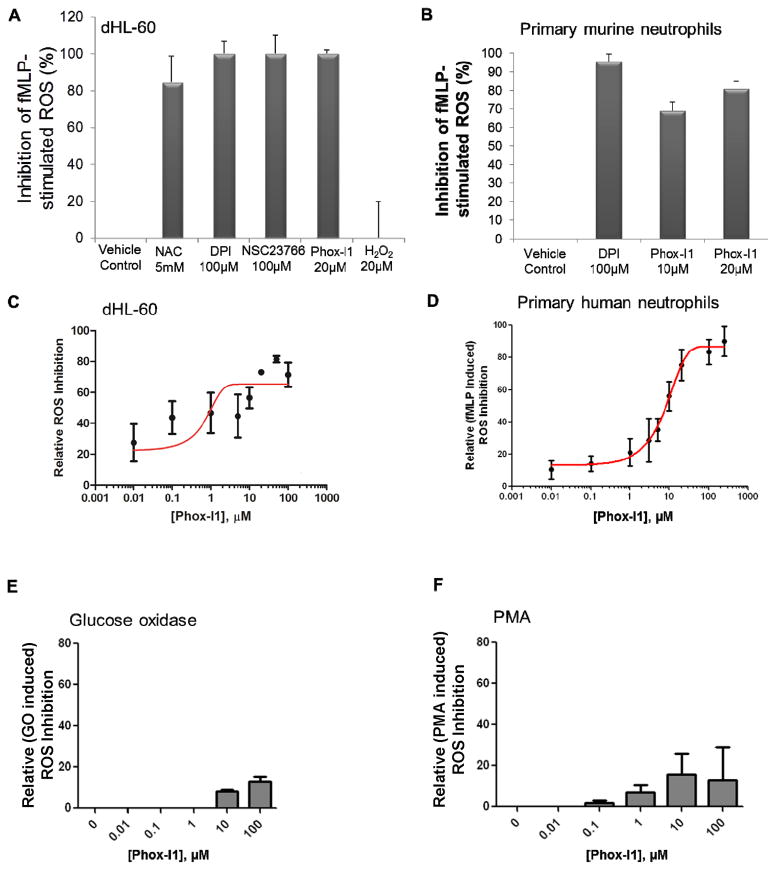Figure 3. fMLP- stimulated ROS production is abrogated by Phox-I1 in human HL-60 cells and primary murine neutrophils.
(A) Ability of Phox-I1 to inhibit ROS production in fMLP- stimulated differentiated HL-60 cells as compared to standard ROS inhibitors was assessed by H2-DCFDA staining and FACS analysis. Levels of ROS production in non-fMLP treated controls were subtracted from all samples, data was then normalized to fMLP- stimulated vehicle treated control. (B) Experiment described in A was repeated with primary murine neutrophils. (C) As described in A, HL-60 cells were treated with various concentrations of Phox-I1 and an IC50 curve was generated. (D) Dose response of fMLP-induced ROS production to Phox-I1 by primary human neutrophils. Levels of ROS production in non-fMLP or fMLP-stimulated human neutrophils were assayed by the luminol chemiluminescence method in increasing concentrations of Phox-I1. Data was normalized to fMLP- stimulated vehicle treated control. (E) Effect of Phox-I on glucose oxidase-generated ROS. (F) Effect of Phox-I1 on PMA induced ROS production in human neutrophils assayed by the luminol chemiluminescence method.

